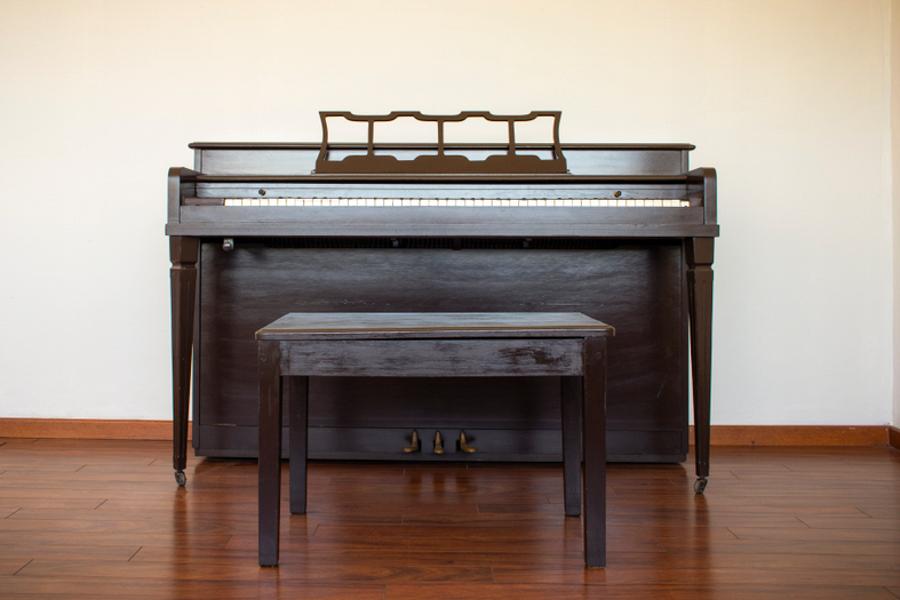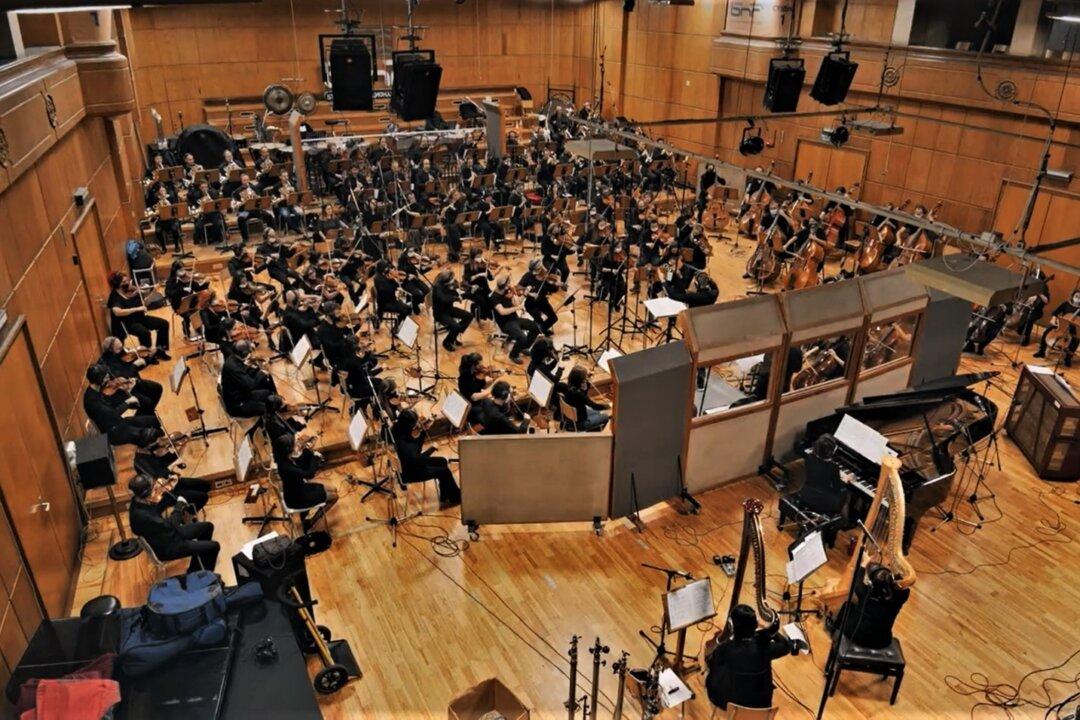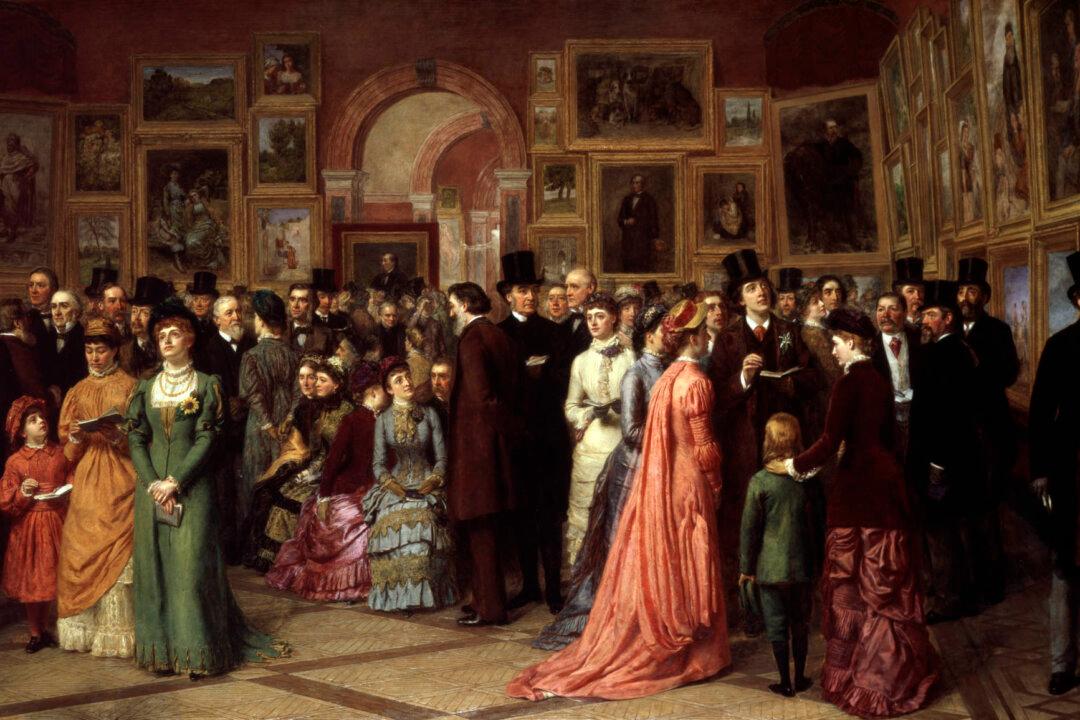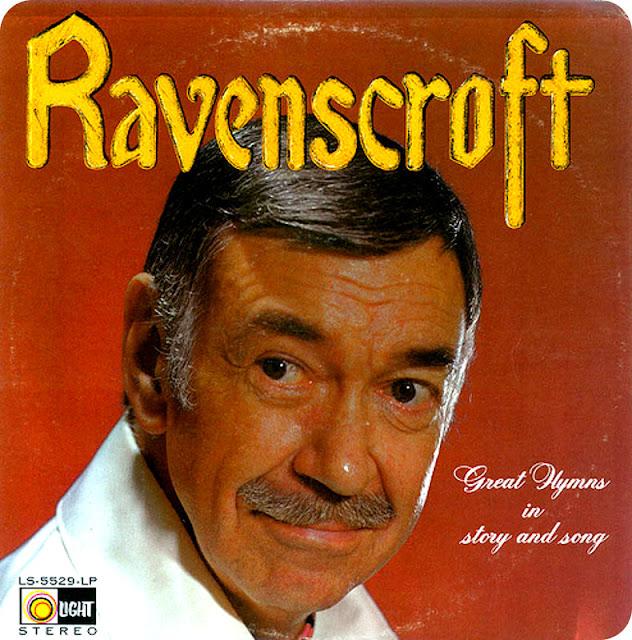A little more than a generation ago, in the days of classic TV, comic books, and ping-pong tables, it was still fairly common for a kid’s weekly regimen to include a piano lesson with a private teacher. That required their homes to have a piano. Inexpensive electronic keyboards did not find their way into toy departments and common usage until the 1980s, when the first Casio was invented, and even then many homes still proudly displayed an acoustic upright piano as their nicest, well-polished piece of furniture.
At that time, the number of new pianos sold each year in America was roughly halfway between the peak of over 360,000 sold in 1909 and around 50,000 sold in 2007. However, that does not include private sales of used pianos, which presumably could be even greater in number.






